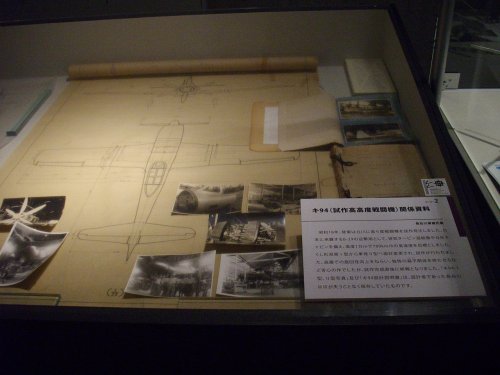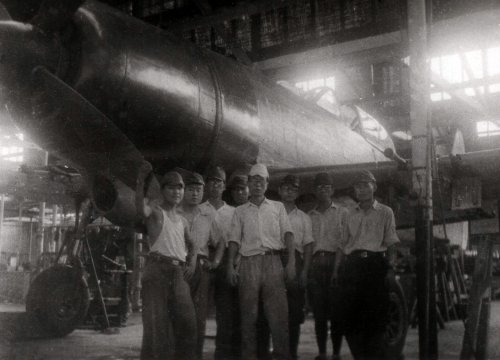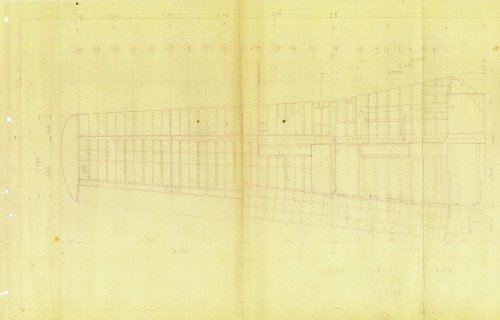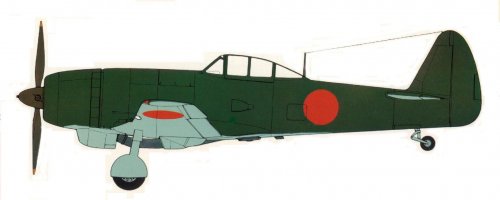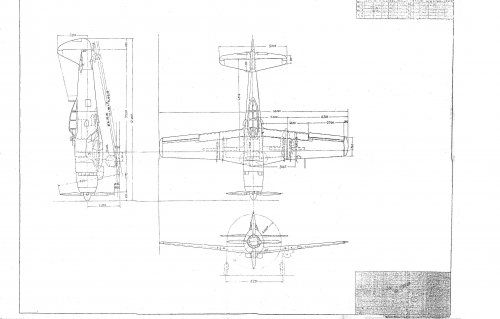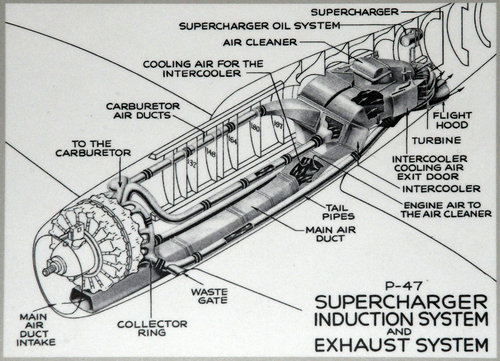blackkite
Don't laugh, don't cry, don't even curse, but.....
- Joined
- 31 May 2007
- Messages
- 8,574
- Reaction score
- 6,765

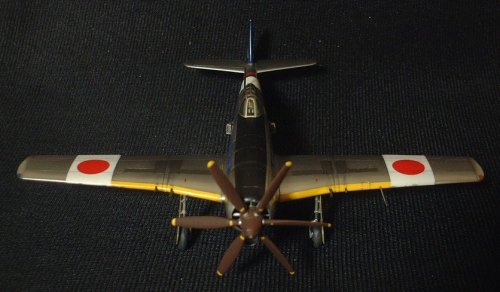

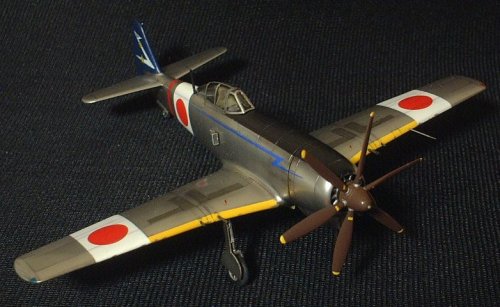
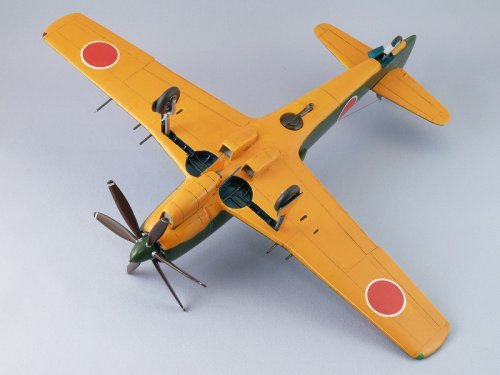


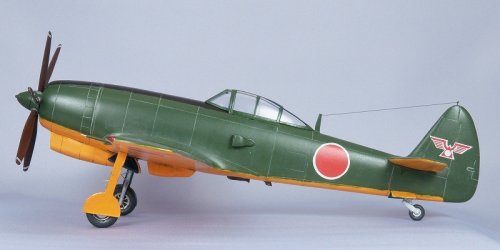
windswords said:It seems that the Ki-87 was a "backup" to the Ki-94-II in case it didn't turn out to be the aircraft they hoped it to be. Much like the Americans with the B-17/B24, B-25/B26, and B-29/B-32.
Stargazer2006 said:Very true, windswords.
alfakilo said:Stargazer2006 said:Very true, windswords.
If true, then this practice must have been true of every other major aircraft manufacturing country during WW2. Take a moment to consider the number of similar aircraft during that time...and then ask yourself...what's the point?
The description of the B-32 as a stand by design in case the B-29 was a failure is relatively common. I'm not sure the same could be said for other aircraft.
Stargazer2006 said:But what do you make of the famous century series?
windswords said:I don't want to pull this thread off topic but it should be understood that the US had incredible industrial capacity during WWII.
They also had some very good aircraft designers and manufacturers who could develop these planes. The other nations aliied and axis were not so fortunate.
The FW-190 was not a backup to the ME-109 and the Tempest was not a backup to the Spitfire, although all of these models served side by side...
With the Ki-94-II they had a an interceptor that could reach the B-29's and be able to fight through the defensive fighter screen.
alfakilo said:You are the only person here trying to make the case for substitute designs. During WW2, what major participant did not develop more than one type of design? Examples are numerous, but few were ever noted to be substitutes in the event that a competing design failed. The B-32 is the only one that comes to my mind. FWIW, the Tempest (even as the Typhoon) was not developed to the same specification as was the Spitfire. The Hurricane was.
windswords said:I am not here to argue. I stand by my statements. If you don't like my opinions too bad so sad.
Skyblazer said:Did you search the forum before? We have a whole topic on the Ki-94 II:
http://www.secretprojects.co.uk/forum/index.php/topic,14794.0
CherryBlossom said:.. But did you read my post? I wanted to allow a wider community to view and answer my question.
